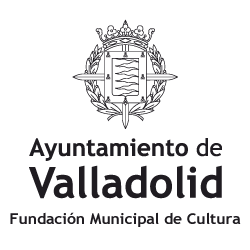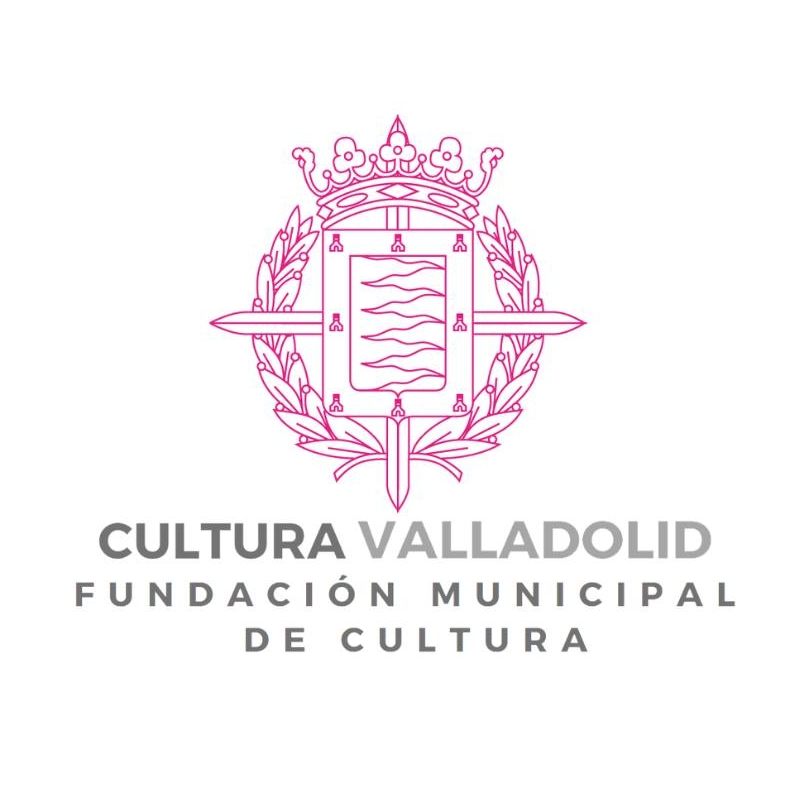En toda exposiciÃģn de Chiara Camoni asistimos a climas variados que oscilan entre la austeridad y la exuberancia. La cerÃĄmica es el ÃĄmbito que cultiva con mayor ÃĐnfasis. Incorpora en sus figuras materia viva procedente de la naturaleza con la que remite paradÃģjicamente a lugares atÃĄvicos, diluyÃĐndose en sus formas todo registro temporal o, mejor, concentrÃĄndose en ellas sÃntomas que bien podrÃan adscribirse a un amplio espectro de tradiciones estÃĐticas. En una palabra, en su obra convergen invariablemente motivos que situarÃamos en un amplio espectro de lo que entendemos por tradiciÃģn, que aquà es dÚctil, permeable, hibrida. Porque en su repertorio se escuchan voces que proceden de culturas ancestrales -prehelÃĐnicas en su mayor parte-, pero tambiÃĐn se ven huellas que nos llevan al manierismo o al barroco. ParecerÃa como si Camoni hubiera querido evitar el clasicismo y sus mÚltiples connotaciones, situÃĄndose en sus albores y en sus postrimerÃas, como si recelara de todo lo que no es susceptible de ser contaminado por gestos de otra Ãndole.
Hay un hacer colectivo que alcanza un sesgo polÃtico. El taller de Camoni se encuentra en Fabbiano, una pequeÃąa aldea cerca de Lucca, en la Toscana, donde se practica una militancia de lo comÚn. Ahà vive con su familia y trabaja con su equipo, que es tambiÃĐn familia. La naturaleza vibra en torno a ellos. Se encuentran la tierra y el agua, y en el fuerte sentido de comunidad que ahà se fragua nace el asombro de lo impredecible. El proceso de trabajo del que brotan las piezas que aquà vemos (y que las sitÚa en el espacio, pues es el mismo equipo el que produce e instala) estÃĄ formado en su mayorÃa por mujeres y en el quehacer diario apenas distingue si estÃĄ inmersa en procesos de producciÃģn artÃstica o en cuanto de cotidiano tiene la cadencia de los dÃas, tal es a la relaciÃģn entre el arte y la vida que define su obra. Al fondo de la sala 9 vemos vasijas con flores que a buen seguro forman parte de un reiterado transcurso vital. Cuenta Camoni que muchos de los trabajos acaban haciÃĐndose en la mesa en la que todo se comparte.
Dos perros saludan al visitante a su llegada a la sala 9. Apela con ellos nuevamente Camoni a tradiciones lejanas en los que los animales se integraban en las arquitecturas, en las jambas de las puertas, en dinteles y frisos. A lo que aquà apelan, no obstante, es a su apego a lo telÚrico. Tanto los perros como la Odalisca que ha realizado ex preofeso para esta ocasiÃģn, delatan la incontestable relaciÃģn con la materia de la que nacen, lo que nos invita a pensar que se encuentran siempre en proceso, en un perpetuo hacerse. La arquitectura afianza su presencia en el centro de la sala, en la que vemos los cÃĐlebres mosaicos de la artista. Realizados en mÃĄrmol, porcelana y/o cerÃĄmica, designan un lugar y desprenden ese aroma de vestigio, del espacio que fue, como un yacimiento arqueolÃģgico cuyas diferentes estancias pudiÃĐramos adivinar. A su vez, Camoni ha acotado el espacio con bloques de mÃĄrmol que son a la vez serpientes pues, como las colonne, todo puede ser una misma cosa a la vez. Al fondo, estructuras de cobre acogen sedas sobre las que vemos impresas formas de corte espectral, tomadas directamente de la naturaleza, a modo de frottage. Ofrecen presencias dudosas, envueltas en el misterio que invariablemente brindan al convocarse la vida y el arte.Â
Anyone who has followed the recent projects in the Chapel of the Counts of FuensaldaÃąa will know that specificity lies right at the heart of this museumâs interests in relation to its most emblematic space. In the last two exhibitions, dedicated to Lara Almarcegui and Juan LÃģpez, this self-referentiality, or the desire to adhere to certain characteristics of the place, was taken to the extreme. The work of Italian artist Chiara Camoni (Piacenza, 1974) now takes on a different approach, appealing to the staging quality of these spaces from two different perspectives, as revealed by the title of the exhibition, âErguidas, yacentesâ (Standing up, lying down), playing with their architectural nature, prone to verticality in the Chapel and horizontality in the adjoining room.
The installation in the Chapel opposes radically that of its predecessor, which displayed a fictitious architecture that could, paradoxically, go unnoticed. Camoniâs Colonne (Columns) series have architectural roots, such is the verticality that stems from its title. And yet they are powerfully anthropomorphic. Their presence is undeniable, but what is perceived in them is a profound ambivalence, as each of the slender figures appeals in equal measure to the human, the animal, the natural... Dreamlike notions circulate around them like a warm, light wind gently caressing leaves and branches, while echoes of mythical tales slip between them. But above all, what these pieces convey is an unavoidable commitment to the plastic quality of all artistic endeavour.
In every exhibition by Chiara Camoni, we encounter varied atmospheres that oscillate between austerity and exuberance. Ceramics is the field she cultivates with greatest emphasis. She incorporates living material from nature into her figures, paradoxically referring to atavistic places, diluting any temporal register in their forms, or rather concentrating in them symptoms that could well be ascribed to a broad spectrum of aesthetic traditions. In short, her work invariably brings together motifs that we might place within a broad spectrum of what we understand as tradition, which here is malleable, permeable and hybrid. We hear voices in her repertoire that come from ancestral cultures â mostly pre-Hellenic â but we also see traces that lead us to Mannerism or the Baroque. It would seem that Camoni wished to avoid classicism and its multiple connotations, placing herself at its dawn and its twilight, as if she were wary of anything that could not be contaminated by gestures of another kind.
There is a collective effort that takes on a political slant. Camoniâs workshop is located in Fabbiano, a small village near Lucca in Tuscany, where a common militancy is practised. She lives there with her family and works with her team, who are also family. Nature vibrates around them. Land and water come together, and the strong sense of community that is forged there gives rise to a sense of wonder at the unpredictable. The work process that produces the pieces we see here (and which places them in the space, as it is the same team that produces and installs them) is made up mostly of women, and in their daily work it is difficult to distinguish whether they are immersed in artistic production processes or in the rhythm of everyday life, such is the relationship between art and life that defines their work At the back of room 9, we see vases with flowers that are undoubtedly part of a recurring life cycle. Camoni says that many of the pieces end up being made at the table where everything is shared.
Two dogs greet visitors upon their arrival in Room 9. Camoni once again appeals thereby to distant traditions in which animals were integrated into architecture, in door jambs, lintels and friezes. What these dogs appeal to here, however, is an attachment to the earth. Both the dogs and the Odalisque, which she has created especially for this show, reveal the undeniable relationship with the material from which they are born, inviting us to think that they are always in process, in a perpetual state of becoming. Architecture consolidates its presence in the centre of the room, where we see the artistâs famous mosaics. Made of found pieces and scrabs of marble, they designate a place and give off that aroma of vestige, of the space that once was, like an archaeological site whose different rooms we can only guess at. In turn, Camoni has delimited the space with recycled onyx slabs that are also snakes because, like the columns, everything can be the same thing at the same time. In the background, brass structures hold silks on which we see spectral shapes taken directly from nature, in the manner of vegetal print. They evidence dubious presences, shrouded in the mystery that invariably arises when life and art come together.














